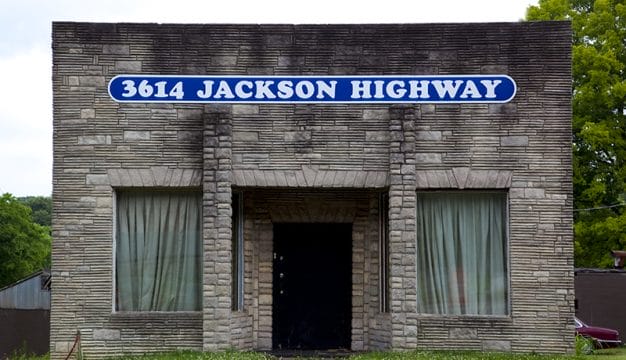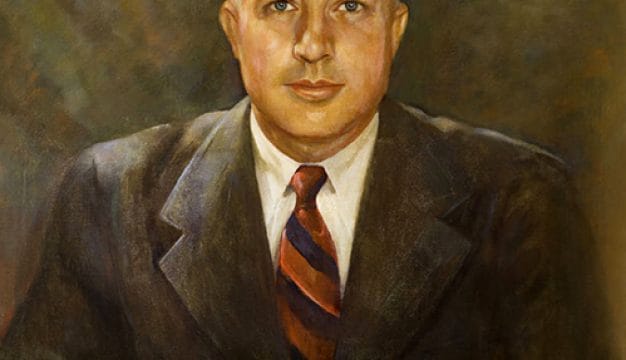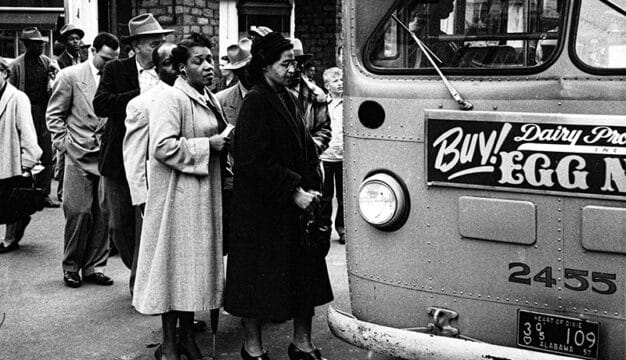Samuel B. Moore (1831)
Samuel B. Moore (1789-1846) served as Alabama governor from March to November 1831 and presided over the opening of the University of Alabama, promoted internal improvements, supported a state bank, and approved legislation that would extend state rule over Indians remaining in the state.
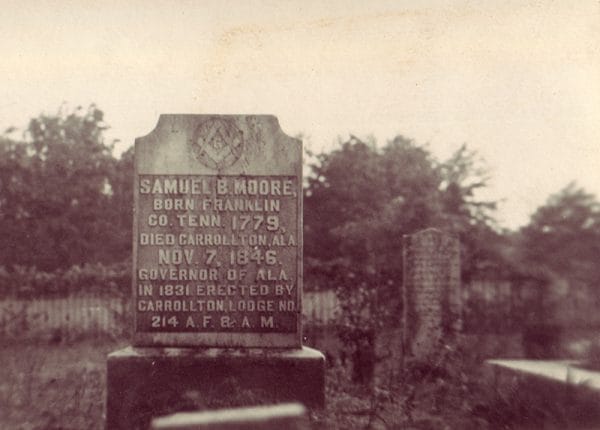 Samuel B. Moore Memorial
Samuel Moore was born in Franklin County, Tennessee, in 1789. His family settled near Woodville in Jackson County, Alabama, when it was still part of the Mississippi Territory. After reading law at home, he received a law license and opened a practice in 1819. In 1823, he was elected to the Alabama House of Representatives from Jackson County. He began as a minor member of the state legislature but gradually added important committee assignments. The lifelong bachelor was neither brilliant nor a great orator and seems to have made few friends or enemies.
Samuel B. Moore Memorial
Samuel Moore was born in Franklin County, Tennessee, in 1789. His family settled near Woodville in Jackson County, Alabama, when it was still part of the Mississippi Territory. After reading law at home, he received a law license and opened a practice in 1819. In 1823, he was elected to the Alabama House of Representatives from Jackson County. He began as a minor member of the state legislature but gradually added important committee assignments. The lifelong bachelor was neither brilliant nor a great orator and seems to have made few friends or enemies.
In 1828, Moore was elected to the Alabama Senate representing Jackson County, and in 1830 he became president of that body, defeating Levin Powell of Tuscaloosa by a vote of 10 to 8. By such two-vote margins history is made. The office of lieutenant governor had not yet been created. Thus, as president of the Senate, Moore succeeded to the governorship when he replaced Gov. Gabriel Moore (no relation), who was elected to the U.S. Senate.
Early in Moore’s brief tenure as governor, the University of Alabama opened to students. As chairman of the board of trustees, he made a brief address and presented keys to university president Henry A. Woods. Like his predecessor, Moore was hostile to the presence of the federal Bank of the United States in Alabama and opposed its rechartering. As a Jacksonian, he also believed that private or corporate banking was undemocratic and violated the principles of equal rights and republican government. State banking, on the other hand, was acceptable to Moore if the revenue it earned was put to public use.
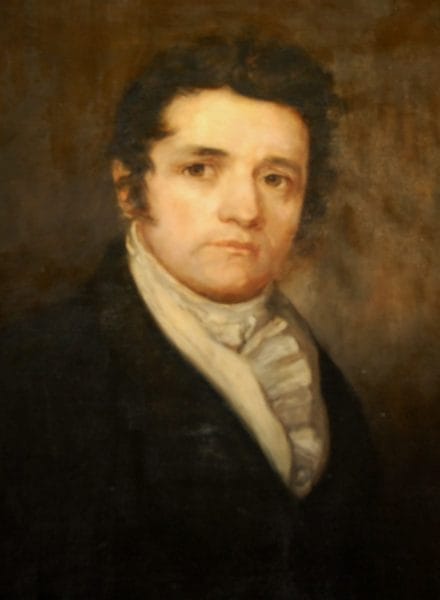 Gabriel Moore
Moore’s strong states’ rights beliefs emerged again in his views on protective tariffs, which he opposed because they benefited northern states at the expense of southern states. Furthermore, he argued that such tariffs were unconstitutional because they were not uniform in their application. For such discriminatory legislation to be legal, Moore asserted, the Constitution would have to be amended. He believed that if that did not occur and protective tariffs continued to do harm to southern farmers, southern states ought to reevaluate their membership in the Union and consider the possibility of secession. Despite such radical musings, there is no indication of any serious advocacy of secession by Moore in the 1830s.
Gabriel Moore
Moore’s strong states’ rights beliefs emerged again in his views on protective tariffs, which he opposed because they benefited northern states at the expense of southern states. Furthermore, he argued that such tariffs were unconstitutional because they were not uniform in their application. For such discriminatory legislation to be legal, Moore asserted, the Constitution would have to be amended. He believed that if that did not occur and protective tariffs continued to do harm to southern farmers, southern states ought to reevaluate their membership in the Union and consider the possibility of secession. Despite such radical musings, there is no indication of any serious advocacy of secession by Moore in the 1830s.
As did Gabriel Moore before him, Moore took an interest in internal state improvements, especially the goal of connecting the Tennessee and Warrior Rivers. This linkage, similar to those suggested by earlier governors, was never undertaken, however. It would have connected the northern and southern regions of the state, stimulated agriculture and industry, benefited commercial trade, and made Mobile a leading port. Improved navigation on the Coosa River, and indeed most of the navigable rivers in Alabama, was also on Moore’s agenda.
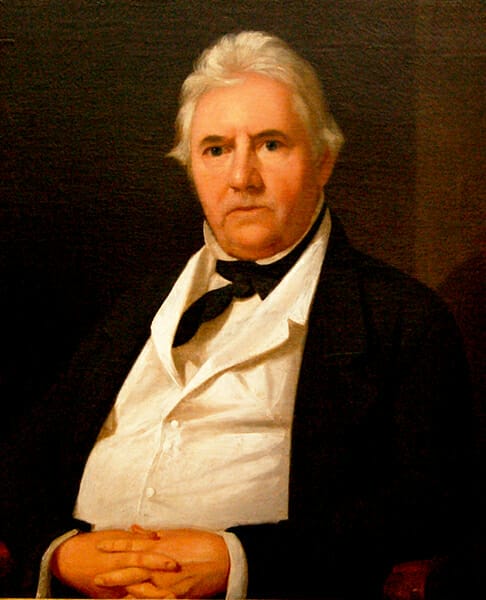 Nicholas Davis Sr.
Moore also repeated his predecessor’s recommendation to the legislature for the construction of a state penitentiary, but cost concerns prevented passage of the penitentiary bill under either administration. In a related issue, Samuel Moore endorsed legislative action to extend jurisdiction of Alabama’s courts over the state’s remaining Indian populations as a means of exercising control over them, similar to Georgia’s actions with regard to its Cherokee population.
Nicholas Davis Sr.
Moore also repeated his predecessor’s recommendation to the legislature for the construction of a state penitentiary, but cost concerns prevented passage of the penitentiary bill under either administration. In a related issue, Samuel Moore endorsed legislative action to extend jurisdiction of Alabama’s courts over the state’s remaining Indian populations as a means of exercising control over them, similar to Georgia’s actions with regard to its Cherokee population.
Even before he assumed office, Samuel Moore announced his candidacy for governor in the 1831 election. The other candidates were fellow Democrats John Gayle of Greene County and Nicholas Davis of Limestone County. Moore came in a distant third, with a plurality in only three counties, and John Gayle emerged the victor. Immediately after Gayle took office in November 1831, Moore retired to Carrollton in Pickens County to resume his law practice. He soon missed the special appeal of politics, and in 1834 was elected to represent Pickens and Fayette Counties in the state Senate. He spent the next term trying to obtain internal improvements for Pickens County, especially the construction of a stagecoach road connecting Tuscaloosa to Carrollton.
In 1835, Moore became president of the state Senate again. When he was renominated in 1836 however, he lost to future governor Hugh McVay. Moore lost his seat in the state Senate in a failed reelection bid in 1838 and never held statewide office again. He served as the judge of the county court in Pickens County for six years. After losing his bid for reelection to the office of judge, he reopened his law office in Carrollton, but it was never profitable. Moore received little attention in life, and his death in Carrollton on November 7, 1846, went largely unnoticed. Poverty stricken, he left no estate and was buried in an unmarked grave. In 1918, the Masonic Society of Carrollton erected a plain monument in his memory.
Note: This entry was adapted with permission from Alabama Governors: A Political History of the State, edited by Samuel L. Webb and Margaret Armbrester (Tuscaloosa: University of Alabama Press, 2001).
Further Reading
- Moore, Samuel. Administrative files. Alabama Department of Archives and History, Montgomery, Alabama.
- Smith, Clyde M. “Life of Samuel B. Moore.” Master’s thesis, University of Alabama, 1938.
